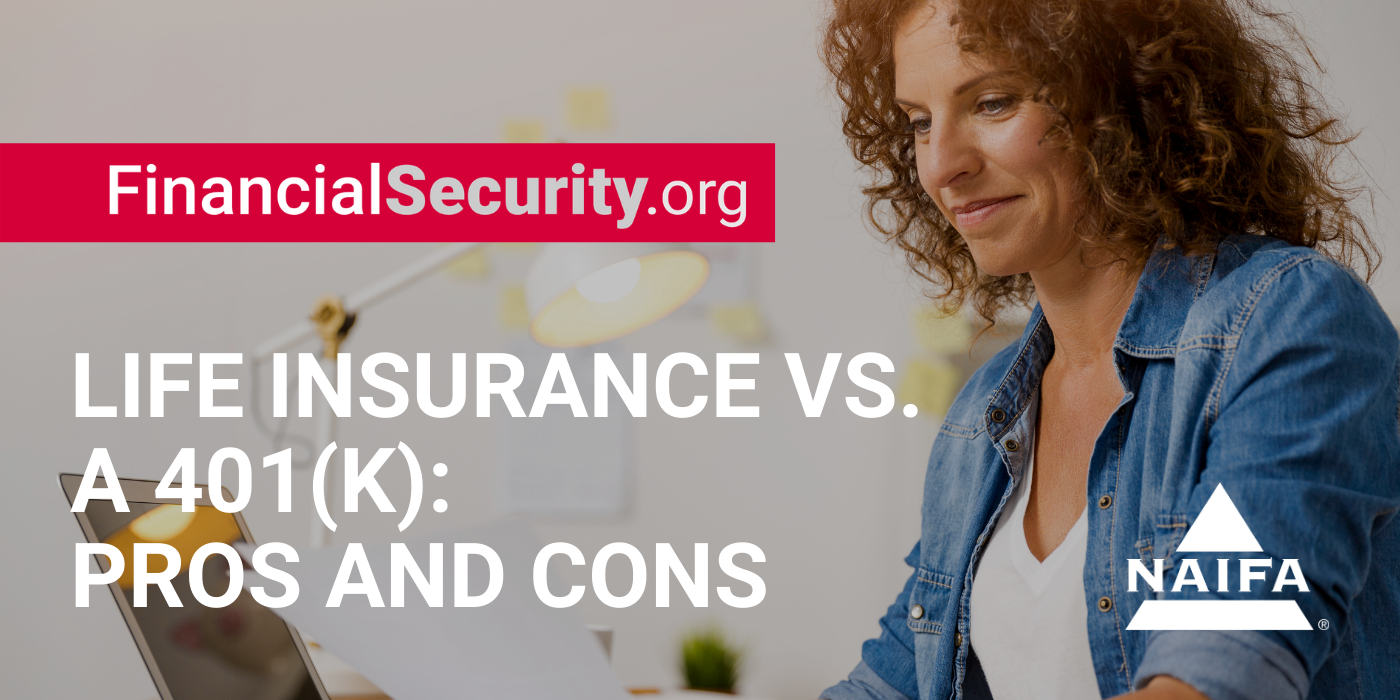The countless choices can be mind boggling while researching your retirement investing options. However, there are certain decisions that should not be either/or.
Why do you need life insurance?
Life insurance pays a death benefit to your beneficiaries if you should die while the policy is in effect. If your family would face financial hardship in the event of your death, life insurance offers peace of mind.
If you don’t have direct beneficiaries, you may not need life insurance (bearing in mind that beneficiaries can include nieces, nephews, or even your preferred charity). However, carrying a small life insurance policy can at least help cover the funeral costs.
If you’re thinking about getting life insurance, don’t delay. Acquiring life insurance while you’re young can save you premium costs in the future.
Life insurance investment plans
Although 84 percent of Americans believe life insurance is important, only 59 percent own some type of life insurance policy, leaving their beneficiaries vulnerable to financial hardship in the event of an unexpected death.
In part, this may be explained by confusion over the many different types of life insurance and life insurance investment plans. Four of the most common policies include the following:
Term life insurance: The least expensive type, term life insurance covers the policyholder for a set period, and you choose how long the policy will last.
Permanent life insurance: More expensive than term life policies, permanent life insurance covers you for life if you continue to make policy payments.
Whole life insurance: Whole life insurance covers you for life, while the cash value of your policy slowly grows. It’s not one of the most profitable life insurance investment plans, but it is one of the most secure.
Universal life insurance: A form of permanent life insurance, universal life insurance allows you to choose how much of your premium goes toward your death benefit and how much goes into the policy to accumulate cash value.
Pro tip! Want to find out what the return on your universal life insurance policy is? Enter your information into this nifty calculator from Allstate.
IUL life insurance: If you’re considering life insurance as an investment, indexed universal life (IUL) insurance may be right for you. The policy allows you to choose whether to move a portion of your premium payment into fixed accounts or equity index accounts.
Making the choice
If you’re on the fence regarding life insurance vs. 401(k) plans, you’re probably looking at the last two types of life insurance listed above: universal life insurance and IUL life insurance.
When considering universal life insurance vs. 401(k) plans, the 401(k) is the better way to grow your retirement savings.
Both 401(k) contributions and universal life insurance payments to the policy’s account are tax deferred, but successfully building wealth in a universal life insurance account requires a balancing act between how much you invest in the account’s death benefit and savings account.
IUL insurance is one of the more effective ways to grow money in an insurance plan. The policy owner can invest the policy’s cash value in an equity index account such as the Nasdaq 100.
A good choice for people who want to see their policy’s cash value grow but who know little about the stock market, IUL insurance offers some protection against loss.
The policy does, however, place a cap on the amount of credit you earn, so IUL investments will earn less than the same 401(k) investments if the market has an exceptional year.
The bottom line
In most cases, a combination of life insurance and 401(k) plans is your best choice, allowing you to safeguard your loved ones’ futures while saving for your own retirement. In addition to 401(k) contributions and life insurance as investments, consider other types of retirement planning options to create a diverse portfolio of savings and investments.









